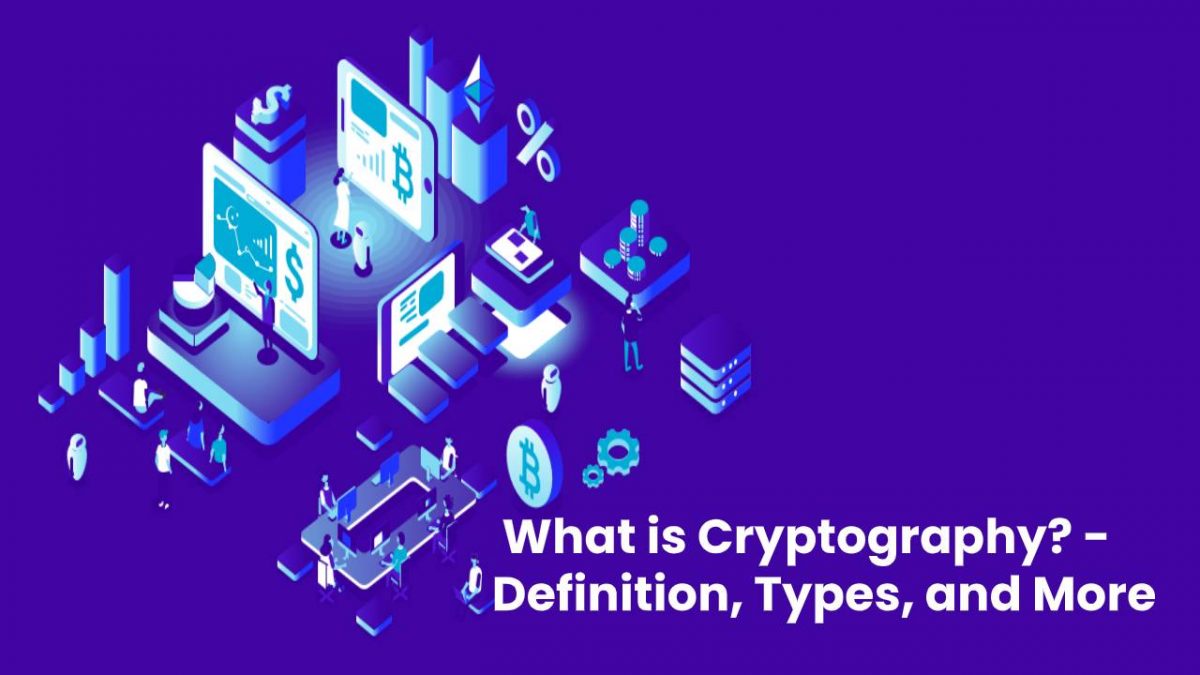Table of Contents
Cryptography Definition
Cryptography is the science and art of writing messages in encrypted form or code. It is part of a field of studies that deals with secret communications.
It is a technique that keeps documents and data. And also, it works through the use of figures or codes to write something secret in papers.
The Romans used codes to hide their war projects from those who should not know them so that only people who knew the meaning of these codes.
And also, From the evolution of computers, It is widely disseminated, used, and modified.
What is Cryptography in Computer Security?
- A message encoded by a cryptography method must be private, only the one who sent, and the one who receives must have access to the content of the message.
- In addition to that, a message must be able to be subscribed. That is, the person who received it must be able to verify if the sender is the person.
- These methods are safe and efficient and based on their use on one or more keys.
- The key is a sequence of characters, which contain letters, digits, and symbols, and which converts into a number used by cryptography methods.
What keys does Cryptography have?
Cryptographic keys can be basically of two types:
Symmetric
- It is the use of specific algorithms to decrypt and encrypt (hide) documents.
- They are groups of different algorithms that relate to each other to keep the information confidential.
Asymmetric
- It is a mathematical formula that uses two keys, one public and the other private.
- The public key is one to which any person can have access, while the private key is one that only the person who receives it can decipher.
What are the Types of Cryptography Keys?
Types of cryptography keys are:
Single key cryptography
- Crucial single cryptography uses the same key to encode and decode messages.
- And also, Although this method is quite efficient in processing time, it takes to encode and decode messages.
Public and private key cryptography
- Public and private key cryptography uses two different keys, one for encoding and one for decoding messages.
- With this method, each person or entity maintains two keys: one public, which can freely disclose, and another private, which must be kept secret by its owner.
- The messages encrypted with the public key can only decrypt with the corresponding private key.

